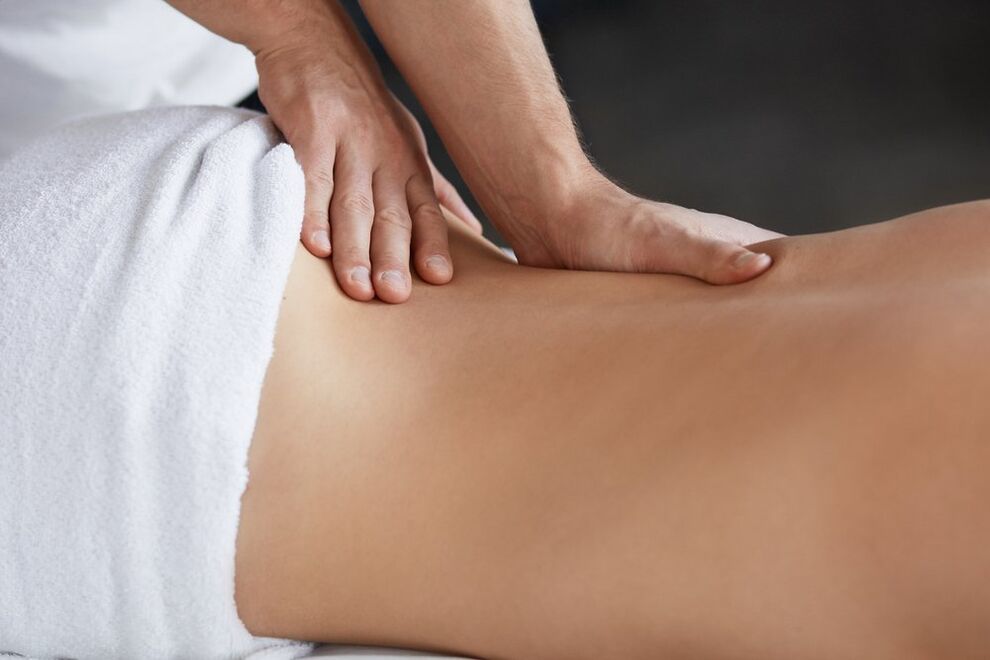Osteochondrosis is a disease that has a chronic course, accompanied by progressive degenerative changes in the intervertebral discs. Most often, such a pathological process affects the cervical or lumbar spine. Gradually this leads to the formation of an intervertebral hernia, followed by compression of the spinal cord, nearby vessels, etc. In this article we will talk about the clinical signs and treatment of osteochondrosis of the intervertebral discs in the lumbar spine.
How does lumbar spine osteochondrosis manifest itself?

The main clinical sign of this pathological process is back pain.
The intensity and nature of the pain syndrome can vary from case to case. Some patients show sharp pain, intensified by the slightest movement and forcing them to take a forced position.
However, most often (more than 70% of patients) have dull pain syndrome. The pain is of moderate intensity and is present all the time. Despite the fact that the patient should not take a forced position, he limits his physical activity. When the lumbar spine is affected, this is manifested by avoiding sharp bends, sitting slowly and standing up.
In addition to symptoms of the spine itself, extravertebral signs may be observed. In case of compression of the spinal roots, the person shows pain along the peripheral nerves. A common manifestation of pathological changes in the lumbar spine is lumbosciatica, which manifests itself as an acute attack of pain localized in the lumbar region and thigh, which occurs during exercise.
Principles of treatment

Osteochondrosis is a disease that requires complex treatment. First of all, during the period of exacerbation it is recommended to limit motor activity in the affected area. Here we mean bed rest.
Non-steroidal anti-inflammatory drugs and analgesics are prescribed to relieve pain. You can relieve muscle spasms with the help of muscle relaxants. In some cases, the treatment plan is supplemented with anticonvulsants. When compressing the spinal roots, topical glucocorticosteroids may be used.
In addition to drug therapy, patients with such a diagnosis are prescribed physiotherapy, therapeutic exercises and massage.
At the stage of rehabilitation treatment, balneotherapy is recommended. In 2017, researchers from the Federal University published an article, the results of which show the effectiveness of rehabilitation treatment of patients with osteochondrosis of the spine through combined balneotherapy, which includes dry thermal and aerosol deer baths.
In case of severe compression of the spinal cord, the question of surgical intervention is resolved.


















